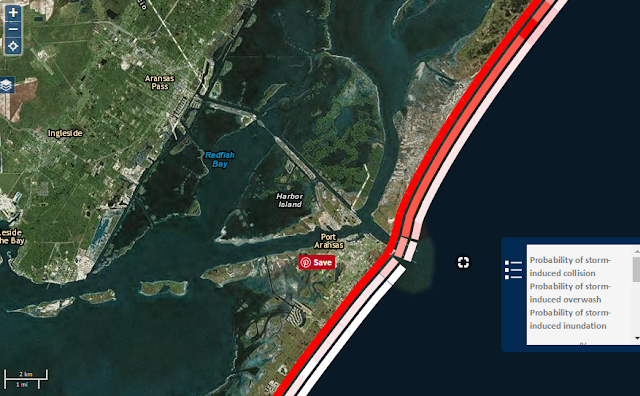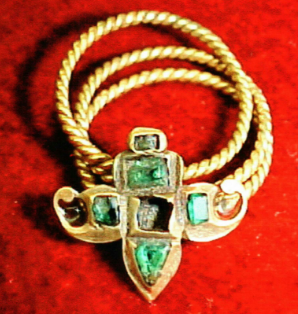Written by the TreasureGuide for the exclusive use of treasurebeachesreport.blogspot.com.
I make more than my share of mistakes. But it isn't all bad. I often learn from my mistakes, and sometimes what I learn is totally unrelated to the original mistake. |
| What is this dug coin? Find out below. |
I made a mistake the other day that I corrected. I originally posted that the year the gold box was found was 2001. It was actually 2003. I went back and corrected that after Bruce B. brought my attention to the error.
Just the other day I was hoping to run across a particular ring to illustrate the rapid rate of silver corrosion. I didn't run across the ring, but ran across some Jefferson nickels and noticed one that was very thin. I thought I might be able to use it to illustrate how quickly things can corrode, so I chose another nickel for comparison and took the following photo.
 |
| Edge of Thin Nickel Shown Beside a Normal Nickel |
 |
| Very Thin Jefferson Nickel. |
 |
| Remains of Date Found on Quarter. |
But here comes the surprise. After I looked at the comparison nickel I noticed that it is even more strange. Here it is
 |
| Very Strange 1956 Nickel. |
After doing a little research, my opinion is that this nickel is a die cap strike error. What do you think?
I know you might not be able to tell from a photo, but my opinion is that there is no way that the globs are added to the planchet after minting.
The JimsCoins web site (see link below) says, When a die cap error is occurring, the dies continue to strike more coins even though a coin is capped around one of the dies. If the coin is capped around the obv. die, the coins stuck with that die will appear blank or have varying degrees of mushyness on the obv. due to the obverse die being obstructed. If the cap stays on indefinitely, eventually it will wear through the planchet and the coins struck by that die will become less and less obstructed causing a "late-stage" capped die strike where the image is less distorted.
Here is the example that the web site shows.
http://www.jimscoins.com/error_coin_examples.php
If there are anyone that can offer an informed opinion on the possible error coin, I'd like to hear your thoughts.
So what is my message? 1. Research can lead you to many unexpected interesting ideas and facts. 2. It might be worth taking a good look at your old dug coins. I don't know how I skipped over this one. I probably just though it was a badly corroded coin before I looked at it a little better. 3. Even modern coins can be interesting. 4. Metal detecting is a great hobby that always presents something new for you to learn.
---
The most recent blog poll has concluded and the results are in. The brand of metal detector that is most used by the 106 people who responded to the blog poll is Minelab. The question was, "What metal detector brand do you use most often these days."
As you can see from the above chart, 40% reported using Minelab, 26% Garrett, 16% Whites, 9% Fisher, 4% Ex Deus, and 1% Bounty Hunter, Teknetics, Tesoro, and Other.
I"m not surprised that Minelab is the leader. That is what you see a lot on the beaches - mostly Excaliburs and CTX 3030s. Garrett is a strong second, with Whites and Fisher following. I've used all four of those brands at one time or another. I also used custom made detectors as much.
My first serious detecting was a Whites, then I started doing a lot of water detecting after that with a Fisher 1280, then used some custom detectors made by Steve Noga and then Herb MacDonald for a lot of years. I don't know what happened to Steve, but I know Herb is gone.
---
 |
| Source: nhc.noaa.gov |
They don't usually get that strong that far out. The times I visited St. Lucia, the natives always told me they never get hurricanes. This might be different.
Hopefully that one will stir some sand but not do anybody a lot of harm.
Happy hunting,
TreasureGuide@comcast.net






































